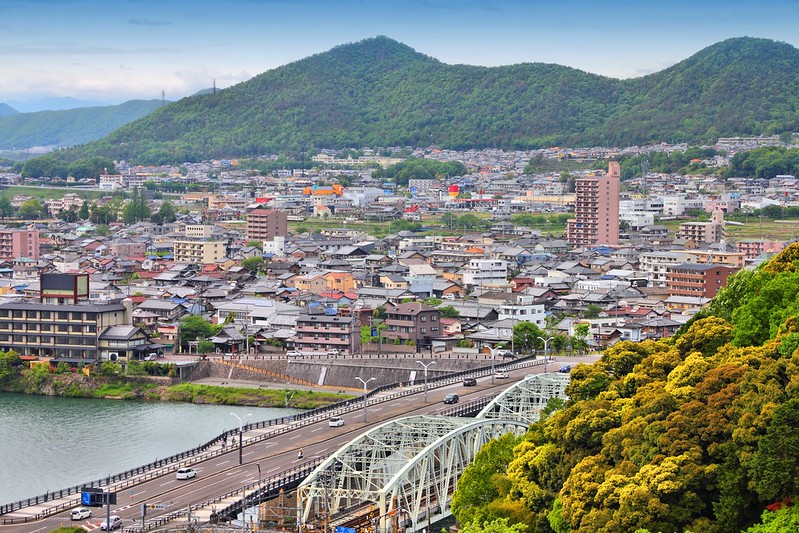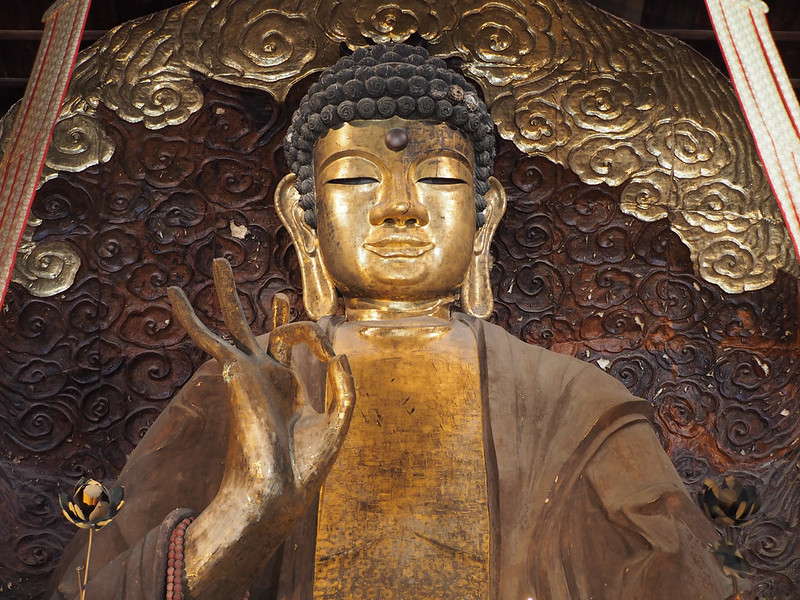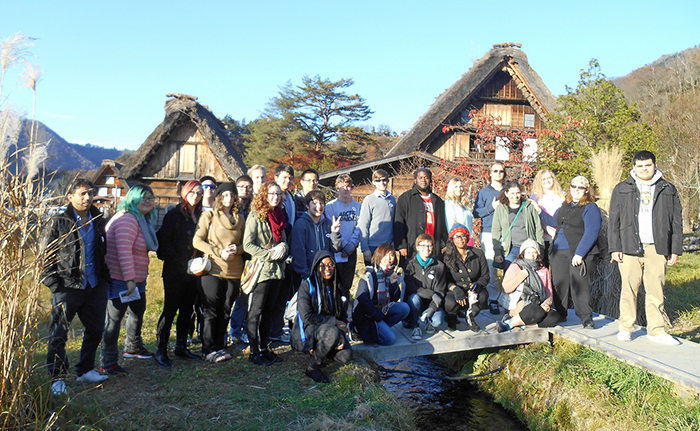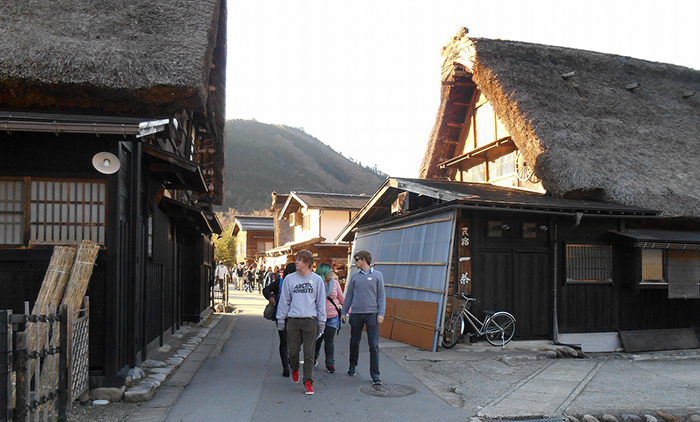
Exciting Gifu
Gifu City, located in the southern central portion of Gifu Prefecture in Japan, is also the prefecture’s capital. Many interesting cultural and historical sites are found in Gifu, making it a favorite tourist destination. Two major rail lines connect the city to Japan’s national and international transportation infrastructures which allow visitors easy access to Gifu. There’s JR Central’s Tōkaidō Main Line that runs through the city connecting it to Nagoya and other surrounding areas. Gifu also has a direct train route to Chūbu Centrair International Airport and other facilities that host international events.
Two archaeological sites in Gifu city indicate that the area surrounding modern-day Gifu had been home to prehistoric people. The fertile Nōbi Plain made the area ideal for the ancient inhabitants. There are also large burial sites, the Ryomonji and Kotozuka, from the Yayoi period when rice was cultivated in the country. As civilization advanced and grew, permanent settlements began to appear until the village of Inokuchi was established and eventually became the modern city of Gifu.
Gifu has undoubtedly played an important role in Japan’s history, partly because of its geographical location in the middle of the country. During the Sengoku period, many different warlords including Oda Nobunaga used Gifu as a base to unify and control Japan. Gifu continued to grow and flourish even after the unification of Japan. Being at the center of Japan, Gifu was an important shukuba (post station) during the Edo Period and was included on one of the Edo Five Routes or one of its sub-routes.
Gifu Daibutsu
There are several places of historical value to visit and see in Gifu. One of the Great Buddhas of Japan is also located in Gifu, in Shōhō-ji (a Buddhist temple of the Ōbaku school of Buddhism). The statue was envisioned by Ichyuu, the 11th head priest of Kinpouzan Shōhō temple, in 1790. The 45-ft. statue took 38 years to build and was meant to avert large earthquakes and famines. There are also Minka or “house of the people” in Shirakawa village. These are houses built using any of the traditional Japanese building styles and were initially made for non-samurai castes or low level samurai.
KCP Fall 2014 students by Minka houses in Gifu. | KCP Flickr
Check out more KCP photos of Gifu in KCP Flickr.




